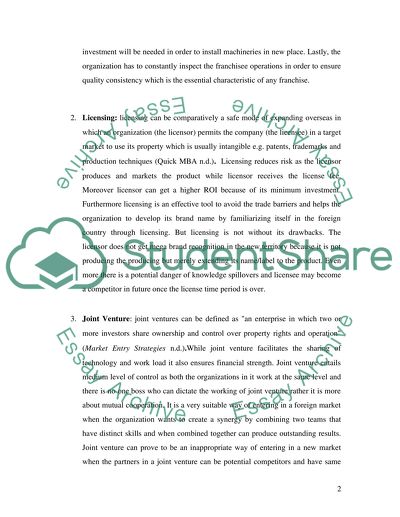Cite this document
(“INTERNATIONAL BUSINESS FINANCE Essay Example | Topics and Well Written Essays - 3000 words”, n.d.)
Retrieved from https://studentshare.org/environmental-studies/1420606-international-business-finance
Retrieved from https://studentshare.org/environmental-studies/1420606-international-business-finance
(INTERNATIONAL BUSINESS FINANCE Essay Example | Topics and Well Written Essays - 3000 Words)
https://studentshare.org/environmental-studies/1420606-international-business-finance.
https://studentshare.org/environmental-studies/1420606-international-business-finance.
“INTERNATIONAL BUSINESS FINANCE Essay Example | Topics and Well Written Essays - 3000 Words”, n.d. https://studentshare.org/environmental-studies/1420606-international-business-finance.


